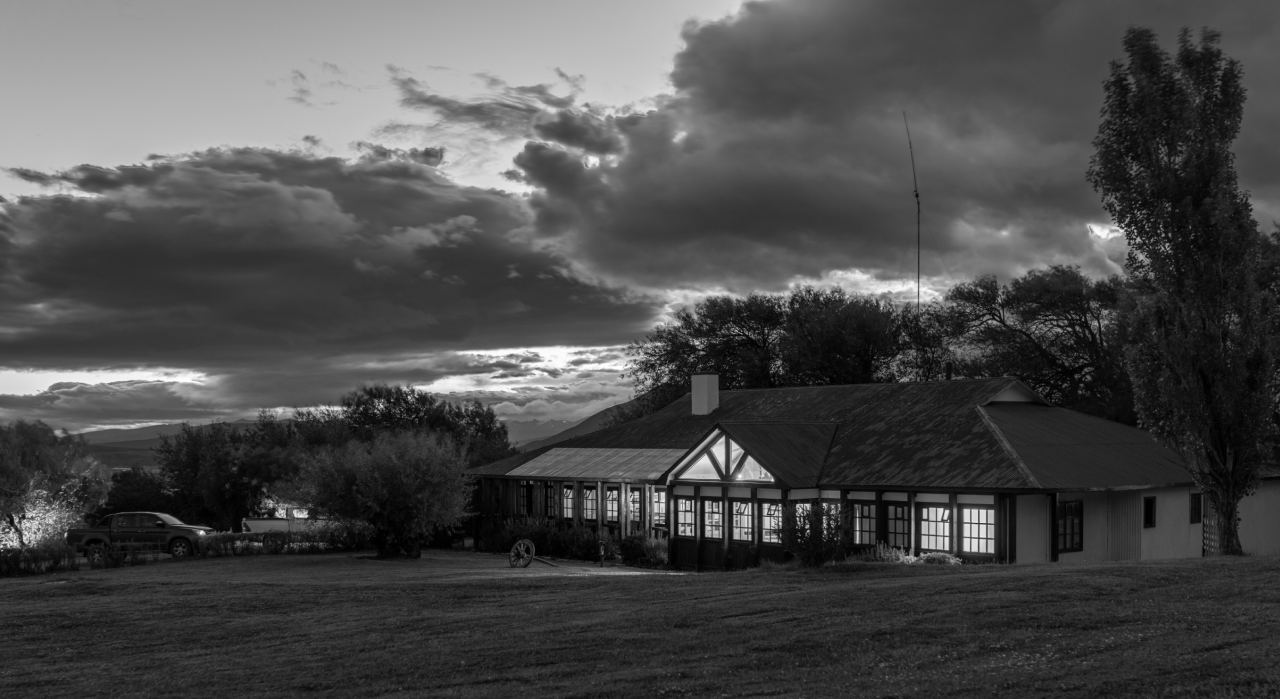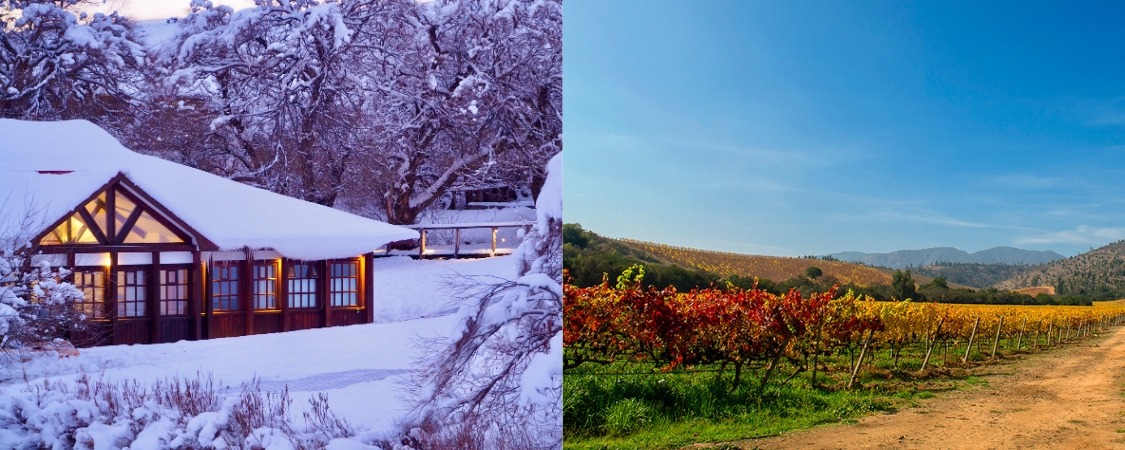
Livestock: The basis of the local economy
Cattle raising is part of the culture of this area, which besides finding in it its main source of income, is the main activity of the inhabitants of the region.
The sheep industry has historically been the main economic activity in the area, and is therefore the main source of income for the region’s inhabitants. However, along with the success of the industry, the introduction of sheep meant the creation of a conflict that is recurrent in the area’s debates: coexistence with predatory species, especially the Puma.
The Puma is the dominant predator in the area and the greatest danger to livestock producers. For this reason, since the introduction of sheep almost 150 years ago, it has been persecuted. The challenge of the Foundation and Estancia Cerro Guido has been, precisely, to achieve the coexistence of this economic activity and the local species. On the one hand, we have the local producers who have dedicated their lives to livestock farming for generations, while, on the other hand, we cannot forget that a species such as the Puma is endangered due to clandestine hunting and perpetual persecution in order to protect the industry.

Estancia Cerro Guido: Cattlemen in Time
Estancia Cerro Guido was founded in 1906 by Sociedad Explotadora Tierra del Fuego, in the middle of the golden age of extensive sheep farming in Magallanes.
This company exercised a true monopoly of sheep production in Patagonia, controlling an impressive 90% of the fields suitable for sheep breeding in the province of Última Esperanza.
Due to this great control of the industry, it was necessary to implement various points of operation. In 1906, the renowned Cerro Castillo section was founded, which would become the nerve center of the entire cattle operation, followed by the creation of the Estancia Cerro Guido, which would later manage close to 90,000 hectares and 70,000 sheep.
The industry kept a remarkable and recognized production throughout the years. However, the political changes of the 1970s in Chile arrived and with them, the Agrarian Reform.
As a result of the Agrarian Reform promoted by the Chilean government, the large companies that owned the land were expropriated and the Sociedad Ganadera Tierra del Fuego was dissolved. As a result, the Cerro Guido Operation Center was dismantled and one of the many Agrarian Reform Centers was established in its facilities.
Later, in 1977, the government begins to assign the lands of Magallanes. The large estancias were divided into smaller estancias. From the almost 90,000 hectares, the land was divided into 5,000 to 9,000 hectares and sold to private individuals.
In the case of Cerro Guido, it was divided into 12 plots, with new assignees having the right to use common property such as sheds, bathrooms, blacksmiths’ shops and other facilities.
The year 1995 arrived and brought with it the so-called “White Earthquake”. It was a very harsh winter. Heavy snowfalls affected the region, which led to the bankruptcy of several Estancias due to the death of sheep.
This is how the current owners of the Estancia, Jorge Matetic Riestra and Nicolás Simunovic Vodanovic, acquired the first 9,000 hectares in 1996, thus beginning the reconstitution of Estancia Cerro Guido as we know it today.
In recent years, large investments have been made in hills, bridge houses, pastures and alfalfa fields, in addition to implementing genetic improvement in Corriedale sheep and Angus and Hereford cattle.
Today, the Estancia is the largest Estancia in the province of Última Esperanza and one of the largest in all of Patagonia, covering a vast territory of 100,000 hectares.
Estancia Cerro Guido remains in full livestock operation, being this its main economic activity, managing a mass of about 19,000 sheep and 1,800 cattle, but it has been able to evolve and diversify, including hotel and tourism within its activities since 2003.
Nevertheless, conservation work is of great importance for the area. The puma stalks perpetually and, of course, continues to be a risk. Since the terrain is so vast, it is necessary to implement policies that will help solve the area’s historical conflict.
Therefore, in 2019, the conservation project was born, as ambitious as it is innovative, whose objective is to implement a livestock model that goes hand in hand with wildlife conservation and care for the environment.

Livestock on the line
Earlier, we mentioned that we are not in the so-called Golden Age of the livestock Industry and it is true. There is no production of the volume of that time. In spite of having similar production spaces, the number of sheep has notoriously decreased.
Undoubtedly, livestock raising is not as profitable as it was a little more than a century ago. However, it will not cease to be the main economic activity of an area that has based its sustenance on the livestock industry for generations.
In addition to the problems of profitability, we cannot ignore the great risk involved in raising sheep in an area inhabited by a predator such as the Puma. For this reason, the puma has been persecuted since the introduction of sheep.
It is for all these reasons that the Foundation and Estancia Cerro Guido have invested in conservation work, both in economic activity and in species belonging to the local fauna.
The implementation of guard dogs of the Great Pyrenees and Maremma breeds has been one of the most useful tools for livestock control.
These are breeds that coexist with the livestock, as if they were part of it. They function as guardian agents, who delimit their territory, keeping the Puma away from the sheep herd. Its implementation in 2019 achieved a 30% reduction in the annual slaughter of sheep.
This, together with the implementation of technological tools such as Foxlight lights, which consist of poles with a LED light that, at nightfall, creates random light patterns that resemble the movement of torches marking the territory, helps to preserve the profitability of the livestock industry.
“Non-lethal measures are leading local inhabitants (pumas) to return to their natural food sources such as rheas, guanacos and hares, which is better for the ecosystem,” says Pía Vergara, Director of the Cerro Guido Conservation Project.
Thus, in recent years, new techniques and policies have been generated to help create awareness and achieve the coexistence that the area seeks so much.




